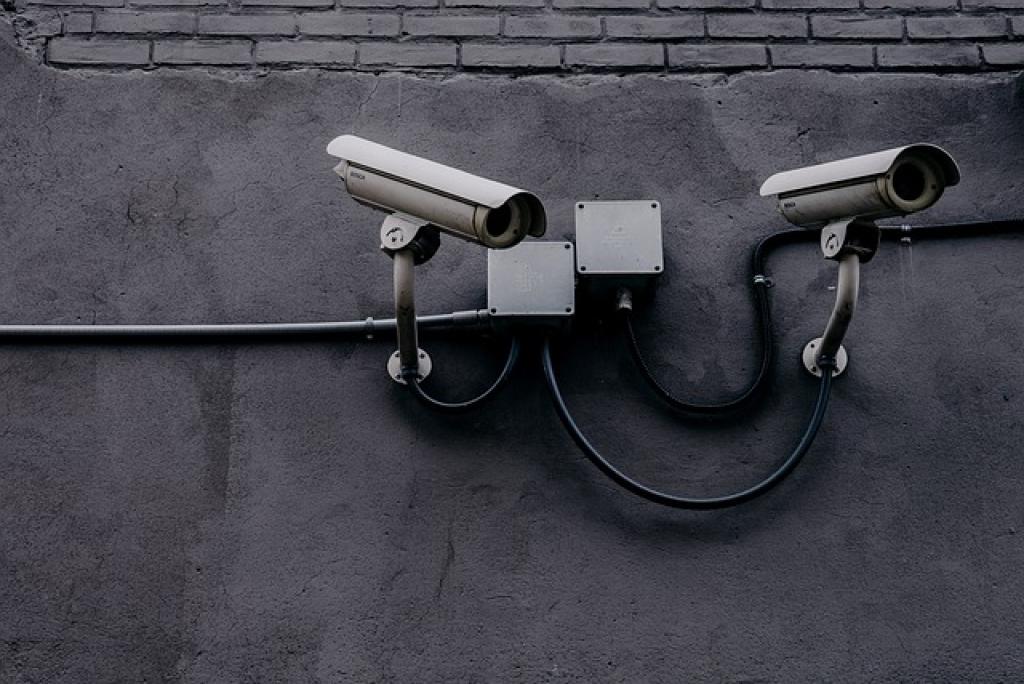
How Security Helps Prevent Internal Theft and Fraud
In today’s fast-paced world, businesses face numerous challenges in ensuring the safety and security of their assets. One of the most prevalent threats that companies encounter is internal theft and fraud. Employees, contractors, or even trusted partners may exploit vulnerabilities within an organization to commit fraudulent activities, leading to financial losses, reputational damage, and legal consequences. This is where a robust security system plays a crucial role in preventing and deterring such illicit behaviors.
Understanding the Threat
Internal theft and fraud can manifest in various forms, ranging from petty theft of office supplies to sophisticated embezzlement schemes. It is essential for businesses to recognize the potential risks associated with internal actors who may abuse their positions of trust for personal gain. Research suggests that insider threats are a significant concern for organizations of all sizes across industries, highlighting the need for proactive security measures to mitigate these risks effectively.
The Human Element
One of the fundamental aspects of addressing internal theft and fraud is understanding the human element involved in these acts. Employees who engage in unethical behaviors often exhibit certain behavioral red flags that can raise suspicion. These could include sudden changes in lifestyle, reluctance to take time off, or displaying signs of stress or financial pressures. By fostering a culture of vigilance and promoting ethical conduct, organizations can create a supportive environment that discourages fraudulent activities.
Implementing Access Controls
Access controls play a vital role in limiting opportunities for internal theft and fraud. By restricting access to sensitive areas, systems, or information based on job roles and responsibilities, businesses can prevent unauthorized individuals from exploiting vulnerabilities. Technologies such as biometric authentication, key cards, and surveillance cameras can enhance the effectiveness of access controls and provide a secure environment for employees to carry out their duties.
Leveraging Technology
In the digital age, technology has become an indispensable tool in combating internal threats. From advanced surveillance systems to data analytics software, businesses can leverage cutting-edge technology to monitor, detect, and investigate suspicious activities within their organizations. Real-time alerts, automated reporting, and audit trails can provide valuable insights into potential security breaches and enable prompt action to address them.
Data Monitoring and Analysis
Monitoring employee behavior and transactional data can help businesses identify irregular patterns or anomalies that may indicate fraudulent activities. Data analysis tools can flag unusual transactions, discrepancies in financial records, or unauthorized access to sensitive information, enabling organizations to investigate further and take corrective action. By proactively monitoring data, businesses can stay one step ahead of potential threats and protect their assets effectively.
Employee Training and Awareness
Investing in employee training and awareness programs is essential in building a resilient defense against internal theft and fraud. By educating staff on security best practices, recognizing warning signs, and encouraging reporting mechanisms, businesses can empower their workforce to become active participants in maintaining a secure workplace. Training sessions, simulated phishing exercises, and regular updates on security protocols can reinforce a culture of accountability and vigilance.
Establishing Internal Controls
Internal controls are policies and procedures designed to safeguard assets, prevent fraud, and ensure compliance with regulations. By implementing robust internal controls, businesses can establish checks and balances that mitigate the risk of internal theft and fraud. Segregation of duties, dual authorization requirements, and regular audits are examples of internal controls that can enhance transparency, accountability, and integrity within an organization.
Whistleblower Programs
Whistleblower programs offer employees a confidential and secure channel to report suspected misconduct or fraudulent activities without fear of retaliation. By promoting a speak-up culture and providing clear guidelines on reporting procedures, businesses can encourage transparency and accountability at all levels. Whistleblower tips can serve as valuable intelligence in uncovering internal threats and initiating investigations to address them promptly.
Incident Response Planning
Despite proactive security measures, incidents of internal theft and fraud may still occur. Having a robust incident response plan in place is critical in minimizing the impact of security breaches and facilitating a swift and coordinated response. Response teams, communication protocols, and forensic capabilities are essential components of an effective incident response plan that can help businesses contain the damage, preserve evidence, and recover swiftly from security incidents.
The Bottom Line
In conclusion, security plays a pivotal role in preventing internal theft and fraud within organizations. By understanding the nature of the threat, leveraging technology, implementing access controls, establishing internal controls, and investing in employee training, businesses can fortify their defenses against insider threats. Proactive measures such as data monitoring, employee awareness programs, whistleblower initiatives, and incident response planning are integral components of a comprehensive security strategy that aims to safeguard assets, maintain trust, and uphold integrity in today’s dynamic business environment. By prioritizing security and fostering a culture of vigilance, businesses can reduce the risk of internal theft and fraud, protect their reputation, and preserve their financial well-being in the long run.


